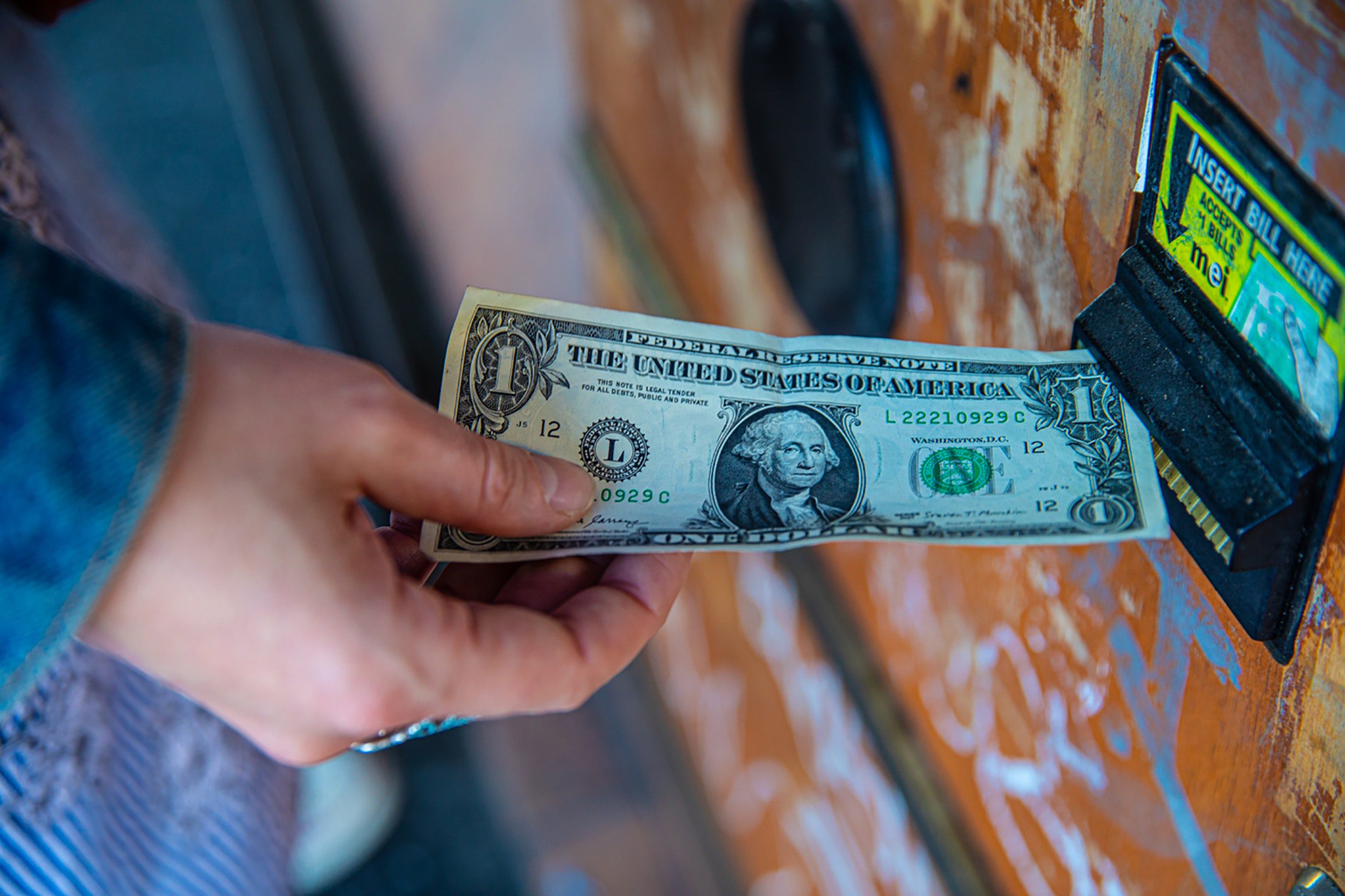“Reversing this trend is a top priority for me,” said Joe Biden, responding to the sharp increase in inflation—the sharpest in almost three decades.
According to the Consumer Price Index (CPI) published in October, year-over-year inflation surged 6.2%, the fastest it has risen since 1991. The CPI measures changes in prices across a wide range of staple goods and services. With the staggering surge, the US then saw a price increase across a wide range of goods and services—computers, cars, gasoline, rent, beef, eggs, trucks, healthcare, furniture, televisions, and even footwear.
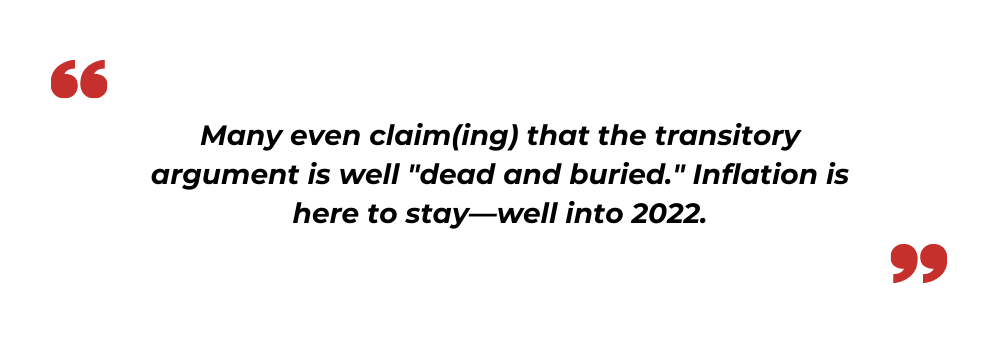
The first signs of a price surge are believed to have become apparent in April. Back then, many economists were assured that the rise would be transitory or temporary: the US would recover from the COVID-19 pandemic and things would soon go back to (old) normal.
However, over half-a-year later, economists have reversed course, many even claiming that the transitory argument is well “dead and buried.” Inflation is here to stay—well into 2022.
‘Fastest inflation in three decades’
The cost of airfare declined in October compared to September, continuing a trend that has run over the last four months. The cost of alcohol, too, dipped. The cost of apparel, on the other hand, remained unchanged.
However, the talking point remains the shocking rise in the cost of daily goods and services. Published by the Bureau of Labor Statistics, the CPI reported a 4.8% increase in energy costs from September and 30% compared to last year. This included gasoline, the month-over-month cost of which increased by 6.1%, while the year-over-year cost increased by over 50%. It also includes electricity, which reported a 1.8% month-over-month increase—the largest since 2014. And, of course, fuel oil, which rose 12.3% month-over-month—the most since 2007.

Biden has urged the National Economic Council (NEC) to find ways to reduce costs and has also asked the Federal Trade Commission (FTC) to keep an eye on market manipulation in the sector. Of course, the energy sector is only a part of Biden’s problem.
Used cars have gone up 2.5% in month-over-month costs, while 26.4% in year-over-year. Shelter, which makes up almost a third of the CPI, went up 0.5% month-over-month—the biggest leap in four months. The increase meant hikes in rent, home prices, and hotel stays. Finally, food costs went up 0.9% month-over-month and 5.3% on an annual basis—the most since 2009.
Read more: The Wealthiest Nations Pledged to Give $100 Billion as Climate Aid. In 2021, They Aren’t Even Close
In a nutshell, every sector one would expect to be affected by the economy’s reopening has suffered from a price surge. However, the price surge has been worse and lasted longer than expected. Why?
What’s causing inflation?
The inflation is primarily fueled by two things: the supply crisis and the shortage of labor. However, it has been made worse by soaring consumer demand.
In 2020, the world already suffered from a tightened supply of semiconductor chips. However, lumber, coal, rubber, aluminum, and a vast variety of goods and raw material were added to the list when the pandemic occurred.
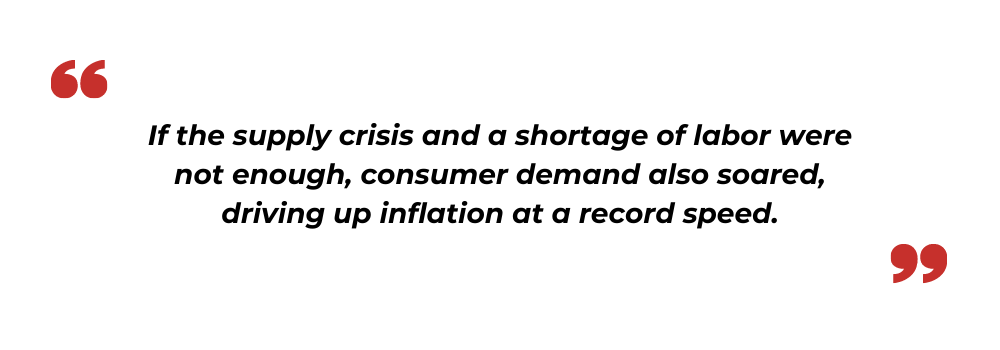
Nationwide lockdowns forced factories to shut, causing costly production delays. Lockdowns also forced ports to shut, further worsening the delay. Ships, in fact, were lined along ports in large numbers, waiting to be docked, unloaded, loaded, and be on their way. Many even found themselves parked in the ocean, with no capacity within a port’s vicinity.
Modern markets are incredibly interconnected. Even ‘simple’ devices like mobile phones require companies to assemble a multitude of parts from a multitude of regions. For cars and larger and more complex machines, which require exponentially more parts, the problem is exponentially worse. Lockdowns have created bottlenecks that have affected virtually every aspect of the supply chain for virtually every industry of the global economy, from semiconductor chips and paper to masks and furniture.
Read more: “Losses of $210 Billion”: How the Supply Crunch Gripped the World
The delays have pushed up shipping costs—as much as ten times for certain routes.
Then, there is the Great Resignation or the Big Quit—a movement that began in early 2021, wherein employees resign voluntarily, as they reconsider the meaning of work, the value of family, or simply to pursue more rewarding jobs. The pandemic was a global catastrophe that shattered a long-held belief—that work requires you to be there. In fact, a breath away from death, it forced many to pause and rethink their life’s purpose entirely.
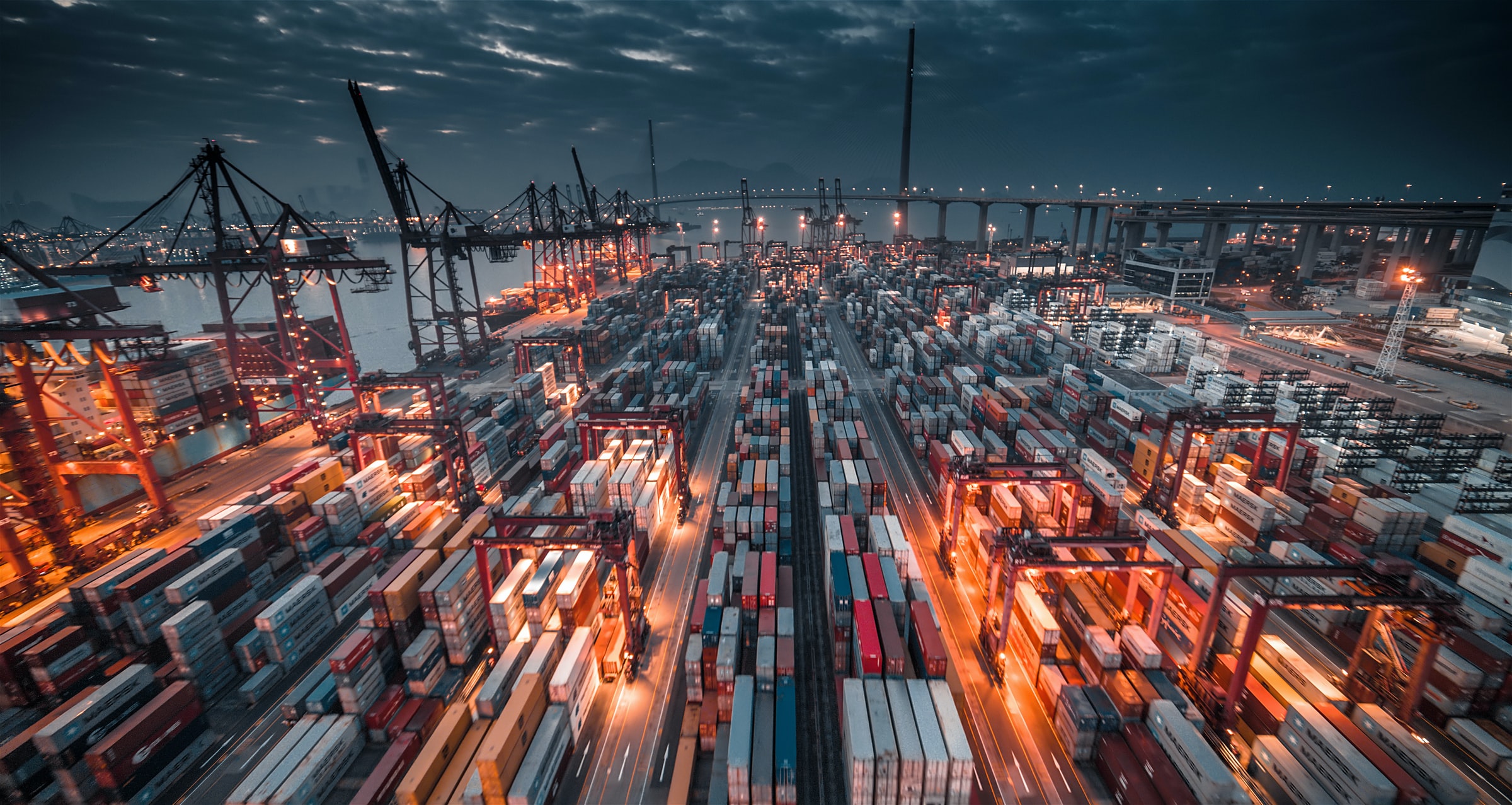
In any case, the movement resulted in a shortage of labor worldwide. Economic giants like the U.K. (United Kingdom), U.S., and Germany were terribly short on truck drivers, for example, who represent a key aspect of the supply chain. Besides transportation, retail, hospitality, food, and manufacturing, too, have seriously suffered. The math is not difficult: workers desire higher wages and better working conditions, which drives up cost.
If the supply crisis and a shortage of labor were not enough, consumer demand also soared, driving up inflation at a record speed.
Yes, millions lost their jobs. But for millions, life was unchanged. In fact, for millions, the pandemic was a blessing, as savings in office rent and services turned into generous hikes. Let us not forget the savings amassed as Americans worked from and vacationed at home, cutting down on travel, entertainment, and other expenses.
Read more: Capturing the COVID-19 Pandemic Through 5 Iconic Data Trends
Instead, Americans spent the money on other things, buying computers, creating office spaces, and renovating their homes. In fact, demand, compared to supply, was already so high that companies used shipping containers as storage units, lest they run out of product.
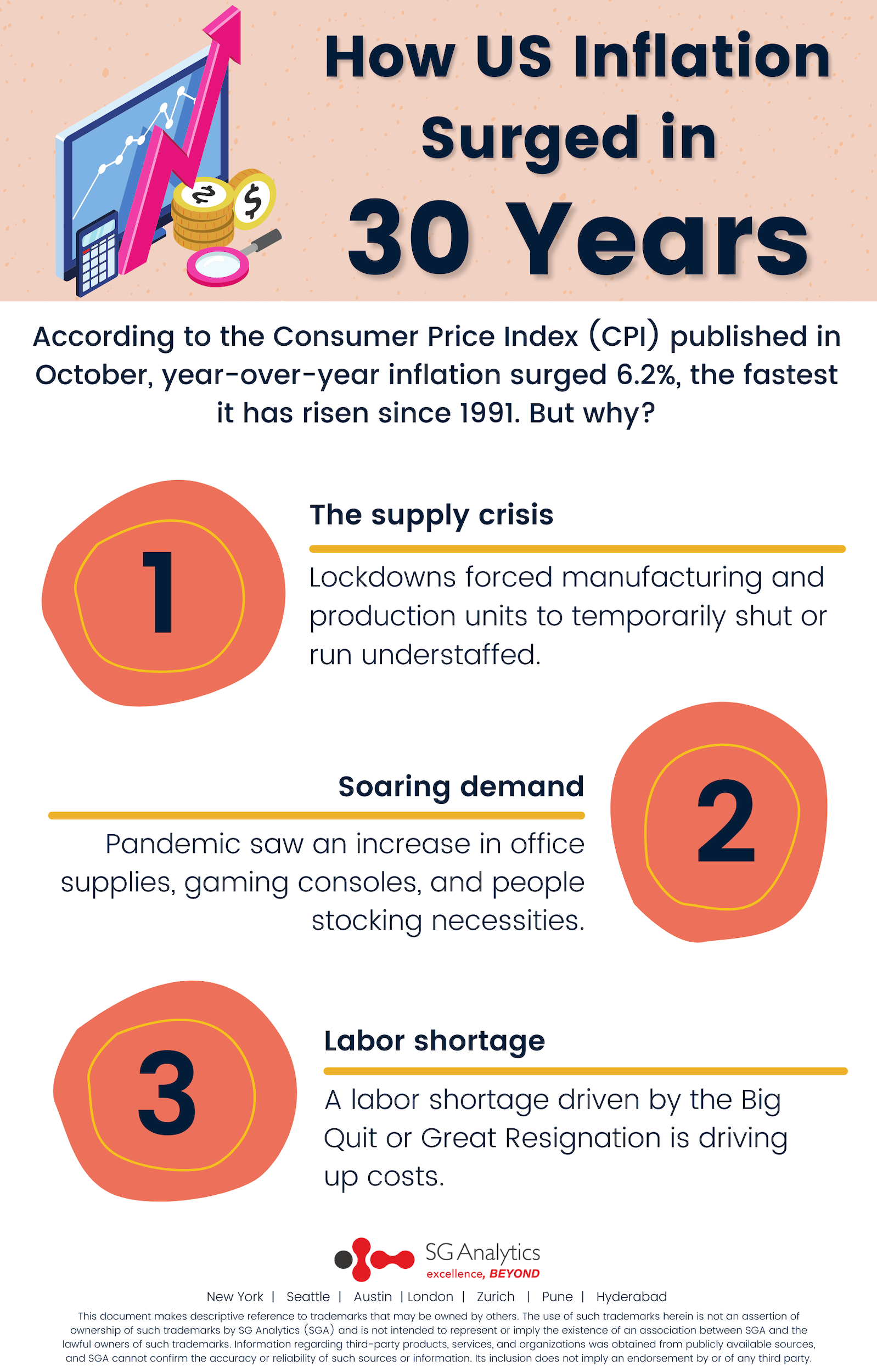
Then, the Delta variant emerged, forcing governments to re-impose lockdowns, further widening the gap between demand and supply.
The three—supply crunch, soaring demand, labor shortage—form a vicious cycle, driving up costs as they make each other worse. To end the cycle and restrict inflation, the government must interrupt one of them. Economists, for example, have suggested that the central bank may increase interests sooner than expected to discourage demand. However, doing so may weaken the job market when millions remain unemployed.
Biden’s infrastructure bill worth $1.75 trillion has also come under immense pressure. Biden claims that the social services and climate bill—supported by 17 Nobel Prize winners in economics—will ease pressure. However, Republicans counter that the injection could in fact worsen inflation.
Read more: “COVID’s Starkest Lesson”: Global Data Is Broken. Here’s How to Fix It
The pandemic may have led to increased savings and hikes, but what’s the point if inflation erodes your spending power?
With offices in New York, Austin, Seattle, London, Zurich, Pune, and Hyderabad, SG Analytics is a leading research and analytics company that provides tailor-made services to enterprises worldwide. If you are looking to make critical data-driven decisions, decisions that enable accelerated growth and breakthrough performance, contact us today.


